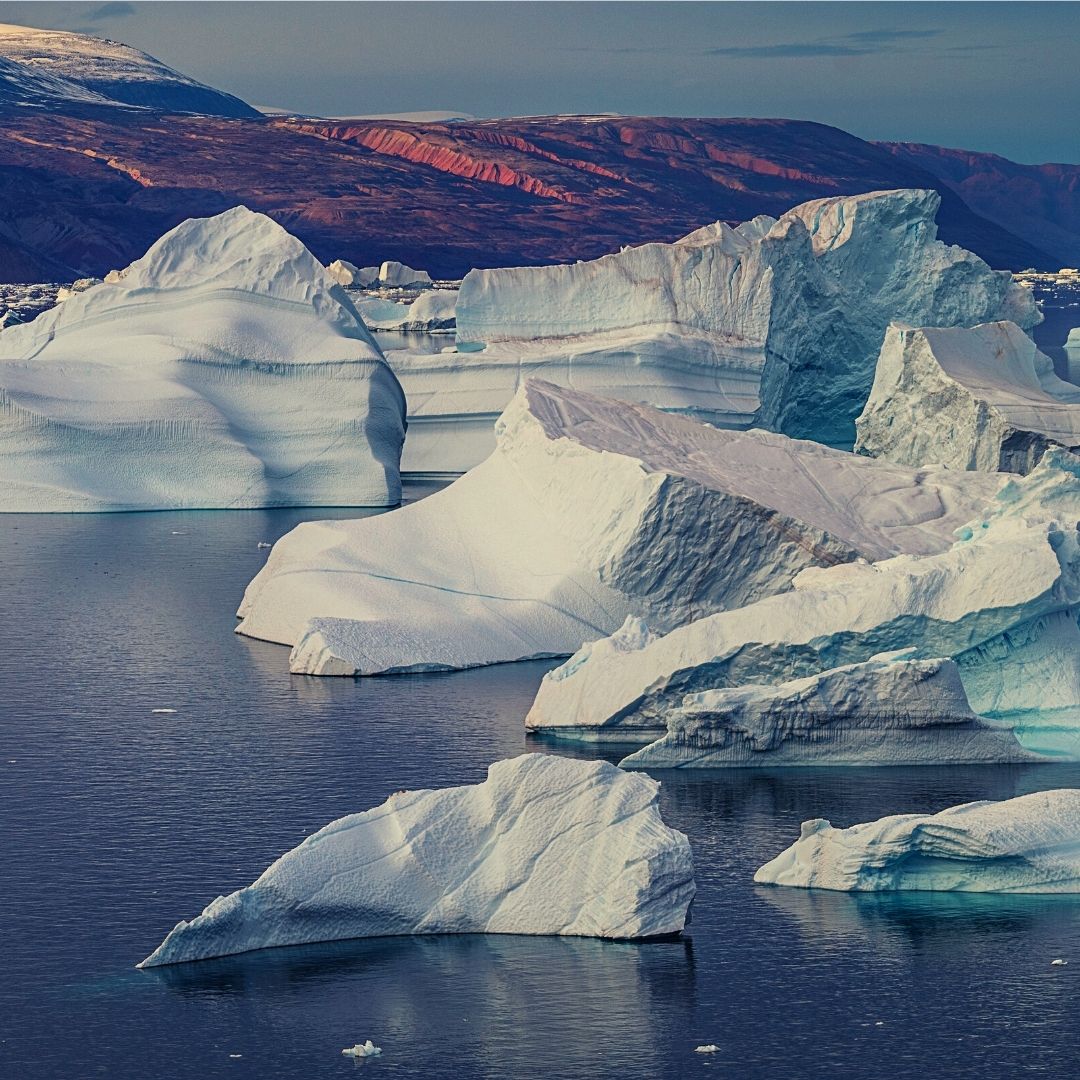
Image Credit: Pixabay
Signs Of Climate Change? Greenland Receives Rainfall Instead Of Snow For Possibly First Time
Writer: Madhusree Goswami
A mountain girl trying to make it big in the city. She loves to travel and explore and hence keen on doing on-ground stories. Giving the crux of the matter through her editing skills is her way to pay back the journalism its due credit.
Others/World, 25 Aug 2021 7:18 AM GMT
Editor : Ankita Singh |
A literature lover who likes delving deeper into a wide range of societal issues and expresses her opinions about the same. Keeps looking for best-read recommendations while enjoying her coffee and tea.
Creatives : Madhusree Goswami
A mountain girl trying to make it big in the city. She loves to travel and explore and hence keen on doing on-ground stories. Giving the crux of the matter through her editing skills is her way to pay back the journalism its due credit.
The rainfall occurred during an exceptionally hot three days in Greenland when temperatures were 18C higher than average in places. Over the course of three days, the ice sheet received 7 billion tonnes of rain.
In another worrying sign of climate change, the summit of Greenland received rainfall instead of snow last week.
Indrani Das, a glaciologist with Columbia University's Lamont-Doherty Earth Observatory expressed her concern over this issue and mentioned it as not 'a healthy sign'. She explained that water on ice is bad as it makes the ice sheet more prone to surface melt.
The rainfall occurred during an exceptionally hot three days in Greenland when temperatures were 18C higher than average in places. Over the course of three days, the ice sheet received 7 billion tonnes of rain. Rainfall, coupled with warm conditions, causing a melting event at the summit.
The rainfall lasted for several hours at the ice sheet's 3,216-metre summit on August 14, where temperatures remained above freezing for around nine hours, scientists at the US National Snow and Ice Data Center said. Temperatures at the ice cap remain well below the freezing point. But this is the third time in a decade that temperatures at the spot have gone above the freezing point.
Why Is It A Cause For Worry?
Apart from being warmer than usual snow, water is also darker, as a result of which more sunlight is absorbed. More absorption translates to more melting. This meltwater is streaming into the ocean, causing sea levels to rise. Last month, the island witnessed a significant melting event as it lost more than 8.5 billion tons of surface mass in a single day (enough to cover the US state of Florida in 2 inches of water).
According to the Sixth Assessment Report (AR6) by the Intergovernmental Panel on Climate Change released earlier this month, The Greenland ice sheet, which would raise global sea levels about 24 feet if it disappeared, is shrinking faster than at any time in the past 350 years and is on track to exceed melt rates for the last 12,000 years.
Also Read: BMC Takes Preventive Measures For Upcoming For Ganesha Festival In Mumbai
 All section
All section














